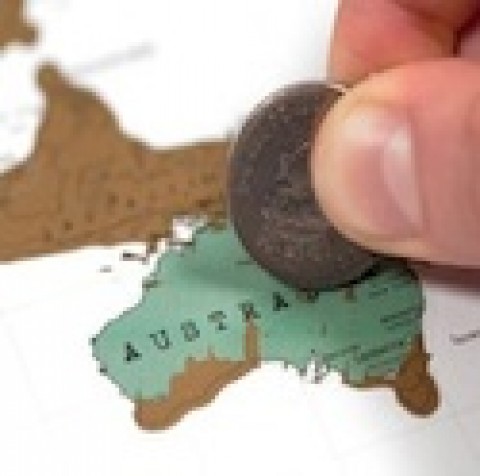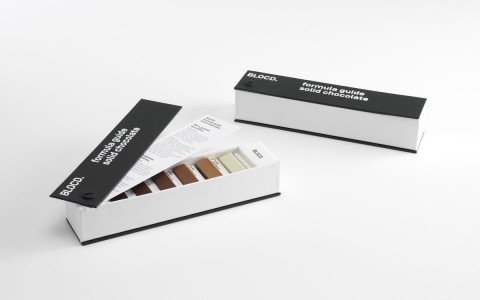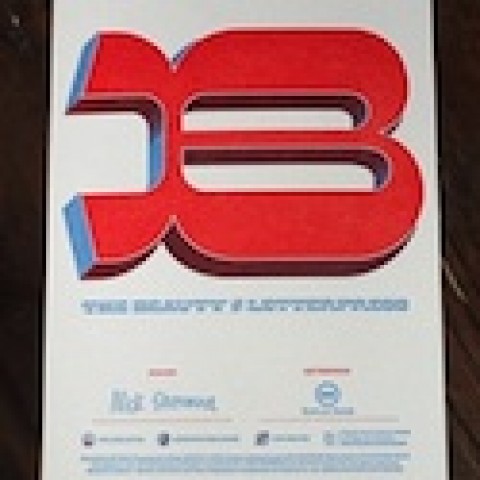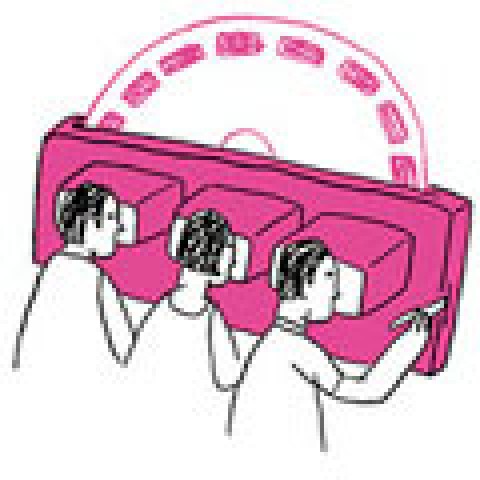
I’m just back from a trek through the High Pyrenees Mountains. No matter how many pictures you look at before a trip like this, nothing prepares you for the reality. The size of the mountain peaks can never be pictured from photographs, and the colors are always a little less vivid in books.
And looking at pictures never prepares you for the hard slog of trekking several hours a day, nor for the high mountain passes.
You can have a similar experience when choosing a print supplier.
In my series on choosing a printer, we started with the evaluation form. But no matter how detailed the evaluation form is, you can never quite picture the supplier. To see how things really are you need to visit the printer.
Designers who visit printers will meet more of the company staff face to face, so they’ll form closer relationships with them. That means that they have a much better chance of controlling the work that they put through, and that they’ll achieve what they want from their print jobs.
Designers who don’t visit printers won’t form the same relationships, nor will they have a good overview of the capabilities and processes of the printer. They’ll struggle to work with their suppliers to achieve what they want.
If you want the best level of control, here are three things that you should do on a visit to your printer.
1. Ask to speak to the staff who will work on your job. You should be asking to speak to the production person who will manage your account. You should also try to speak to people in pre-press, to schedulers, to minders, and to the dispatch department. This will give you a good sense of whether you would trust them with your job, and if you’ll be able to get on with them. You’ll know if you can create a good working relationship.
But there’s another advantage to speaking with print staff as well. They will remember you and are more likely to realize that you are someone who cares about your work, so they are more likely to take extra care with it, too.
2. Look at the work on the floor. You will have probably already seen some samples of work from the printer, but these will have been specially selected samples. After all, the printer will be keen to make sure that you don’t see any sub-standard work.
But now you have a chance to see the everyday work that the printer produces. You have a chance to examine what is on the presses and, just as importantly, the work that is on the factory floor. You can see if the printer really does regularly match the quality levels of the samples that you were sent.
You can also ask to see the quality-control documentation for live jobs. You can see whether the printer actually keeps to their systems. It’s a very effective way of making sure that a printer will be able to deliver what you need.
And speaking of delivery, there’s something else that you should give special attention to.
3. Ask to speak to the dispatch department
This is a key element of any printer. A print company can put lots of care into its work, but a simple dispatch error can mean that a job ends in disaster. You want to be sure that the dispatch department:
- Is given the right information
- Checks job quantities
- Communicates with the factory well
- Has the right systems to track deliveries.
These three areas will start to give you a real feel for a supplier. But some designers may not feel that this is enough.
Shouldn’t you focus on more areas than this?
A visit to a printer is a chance to investigate lots of areas; I wanted to focus on three key ones. They may seem basic, but I have often seen some of these areas missed by designers.
Isn’t everything put on red alert when a designer visits a factory?
You would be surprised how rarely this happens. Most printers are confident in letting potential customers see how things really are, and that can be very revealing for a designer.
I recently visited a printer where they did not practice the quality-control systems that they said they did. On the evaluation form the printer had outlined thorough checking procedures, but on the factory floor there was little evidence of any quality control. This was a supplier that was not for me.
When I returned to report to my client, they were surprised, and there was a certain amount of disbelief that a printer could really be like this. So I was glad that I had remembered another important point:
Make sure you write down your findings
It’s always important to record what you see at a printer – then you have written evidence of your visit. And if your judgment of a printer is ever called into question, you have something to back up your decision.
Here are three action points to make sure you get the most out of a printer visit:
- Warn the printer that you will want to speak to staff
- Use the evaluation form to make sure that you have a series of areas to examine at the printer
- Know exactly what you require from the dispatch department before you visit it.
A good printer visit will be a bit like my trip to the mountains. You’ll be even more impressed when you see the printer in real life… and it won’t be so tiring on your legs as my mountain trek!
P.S. The free PDF report “Ten Common Print Selling Errors and What To Do About Them” will also help you reduce your print costs. So sign up right now at http://printandprocurement.com/e-book .
……………….













